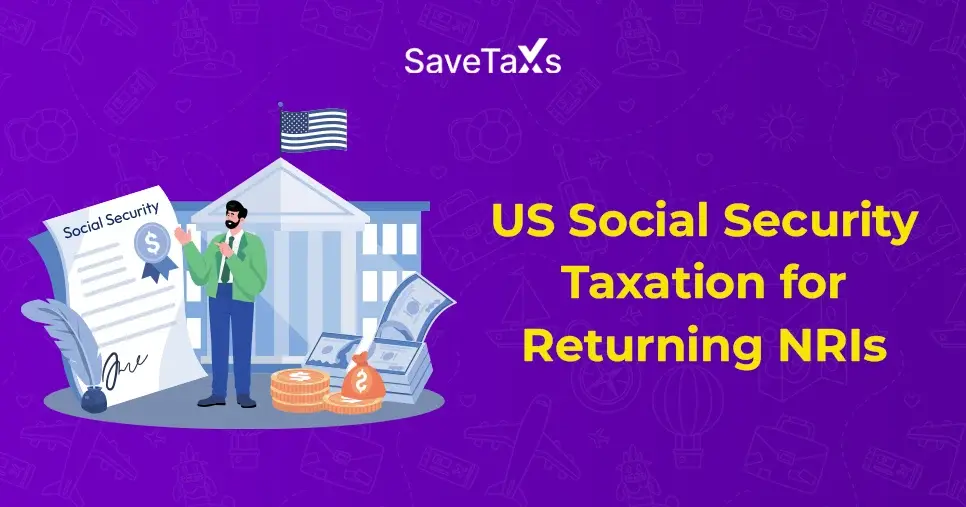- What Is Form 26AS and Why is it Important?
- Information Available on Form 26AS
- Structure and Parts of Form 26AS
- How to Download and Use Form 26AS for Filing Income Tax Return?
- How to Access Form 26AS from Outside India?
- Benefits of Form 26AS
- TDS Certificate (Form 16/ 16A) Vs Form 26AS
- Things to Check in TDS Certificate with Form 26AS
- Final Thoughts
Want to keep records of your deducted tax in India? This is the most common issue that individuals, especially non-resident Indians (NRIs), face while managing their finances overseas. In this regard, Form 26AS serves as a consolidated tax document that the Income Tax Department uses to keep records of all the tax-associated transactions. It is a detailed statement that shows any deducted amount as Tax Deducted at Source (TDS) or Tax Collected at Source (TCS), which one can use while filing income tax returns (ITR). Form 26AS is a vital document that consists of information like self-assessment tax payments, TDS deducted on the sale of immovable assets, advance payments of tax, and high-value financial transactions. Want to know more about it and why it matters to both Indian residents and NRIs? Read the given blog and get your answers.
What Is Form 26AS and Why is it Important?
As mentioned above, Form 26AS is an annual tax statement that the Income Tax Department provides to you. In this form, you get a detailed overview of your tax-related information and financial transactions. If you are an Indian resident or NRI who is liable to pay tax in Indian, having an understanding of this form for you is very important as it works as your tax passbook, providing a clear image of tax affairs in India. The form also provides information about completed and pending tax demands, assessment proceedings, and refunds. Additionally, with the expanded details, the revised Form 26AS has been introduced, which came into effect from 1 June 2020. Furthermore, Form 26AS matters for you for the following reasons:
- Tax Reconciliation: Form 26AS helps you to adjust the offset TDS or input paid tax on your ITR with what the income tax department has officially recorded.
- Foreign Remittance Tracking: The revised Form 26AS includes foreign remittance data, assisting in the verification of filed declarations when making remittances.
- Income Verification: It provides a detailed view of your sources of income in India, including business income, salary, and interest earned from banks.
- Error Prevention: Before filing the ITR, checking the information mentioned in Form 26AS assists in avoiding mismatch data that could further outcome in inquiries from tax officials.
The updated Form 26AS consists of two key sections: Part A, which includes your basic details such as Aadhaar, PAN, and contact information, and Part B includes financial data like tax payments, TCS/TDS, high-value transactions, and refunds. Apart from this, the form also showcases data on cross-border transactions received through the agreements of international tax exchange, assisting individuals to stay transparent.
This was all about Form 26AS and why it matters to individuals. Moving ahead, let's know the details mentioned in this form.
Information Available on Form 26AS
Form 26As for individuals, whether it is a resident Indian or an NRI, is a comprehensive document that provides several pieces of information associated with their income tax, such as:
- Tax Deducted at Source (TDS) details by deductors like contractors/ employers
- Tax Collected at Source (TCS) details collected by collectors
- Self-assessment tax or advance tax paid by the taxpayer
- Regular assessment tax is deducted by the taxpayer
- Information on the tax refund if made by the IT department during the last assessment year
- TDS default details are made during the fiscal year after filing the ITR
- Details of high-value transactions regarding mutual funds, shares, and more
- Information on the deducted tax on the sale of immovable property
- Details of turnover reported in GSTR-3B
- Completed and Pending income tax proceedings
- Information about specific financial transactions
Apart from this, the Annual Information Statement (AIS) of Form 26AS, which came into effect from 1 June 2020, incorporates details on specified tax demands, refunds, financial transactions, completed and pending financial proceedings, and the current data stated in the form online. This extended information offers a clearer overview of matters related to tax.
This was all about information available on Form 26AS. Moving further, let's know the structure and parts of this form.
Structure and Parts of Form 26AS
Form 26AS of the Income Tax Act, 1961, is divided into 8 sections. These are as follows:
Part A: Tax Deducted at Sources (TDS) Details
In the Form 26AS, this section showcases the details of the deducted tax on your income by all individuals or entities who need to deduct tax at source. It consists of information like the name of the tax deductor, Tax Deduction Account Number (TAN), tax amount, credit or paid amount, and the time for which the tax deduction was made.
- TDS Details for Form 15G/15H: This section denotes that the income TDS was not deducted, as you provided the Form 15G or 15H. In case you do not submit any of the forms, this section will reflect 'no transaction present.'
- TDS under Specific Section: This section, under the following, covers the deducted TDS:
- Sale of immovable property (Section 194-IA)
- Rent Paid by HUFs or individuals (Section 194-IB)
- Payments made to professionals or resident contractors (Section 194M)
Part B: Tax Collected at Source (TCS) Details
If you get an income on which TCS has been collected, this section in the form showcases the relevant details of it. It consists of the name and TAN of the individual or entity who collected the tax, the collected tax, the paid or credit amount, and the period.
Part C: Tax Paid (Excluding TCS/TDS)
This section of Form 26AS consists of the information on the taxes you paid directly, such as the advance tax and self-assessment tax that you paid during a fiscal year. This involves details of the paid amount and the payment date.
Part D: Income Tax Refund Details
During the fiscal year, if you have received any kind of tax refunds, this section of the form will provide details of that refund amount and that financial year.
Part E: SFT (Specified Financial Transactions) Details
This section of the Form 26AS consists of the information on high-value financial transactions, such as mutual funds, shares, and other specific financial assets. Through this detail, the tax officials monitor transactions for non-compliance and tax evasion.
Part F: TDS Deducted and Paid by You
This section contains the TDS information when you deduct and deposit your liable tax. For instance, while purchasing a property, making payments to professionals or contractors, or paying rent.
Part G: TDS Default Details
After completing TDS returns, if any discrepancies or defaults are found in the tax deducted amount, the details of these are mentioned in this section of the form.
Part H: Turnover Details in GSTR-3B Details
Under the Goods and Services Tax (GST), taxpayers who are registered, details of turnover mentioned in GSTR-3B are also stated in the revised Form 26AS.
This was all about the structure and parts of Form 26AS. Moving further, let's go through the process to download and use the form for filing the ITR.
How to Download and Use Form 26AS for Filing Income Tax Return?
After accessing the online Income Tax Department platform, downloading Form 26AS is an easy process that is vital for filing the income tax return. Through this form, one can claim all tax credits that are eligible during the ITR process. Moving ahead, here are the steps that you need to follow to download the form from the portal:
- Step 1: Visit the e-filing website. On the top-right side of the corner, you will see the login option. Click on that.
- Step 2: To log in to the website, mention your PAN or Aadhaar card number and password, and click on continue.
- Step 3: Once you log in, move your cursor to the e-file tab and click on "Income Tax Returns." Here, you will get a drop-down list from there, choose the "View Form 26AS" option, and click on confirm. You will move to the Traces website.
- Step 4: On the Traces website, select the given checkbox and click on the "Proceed" option.
- Step 5: To view your Form 26AS, click on the option "View Tax Credit (Form 26AS)."
- Step 6: From the drop-down list, choose the "financial year" and the "view as." If you want to see your form online, click on the "view/download" option, or if you want to download it, click on "view/download" option and after that "export as PDF."
- Step 7: Your Form 26AS is generated successfully, and you can check it by opening your downloaded PDF without a password. In this, you can also verify the tax information that you paid or are owed on your behalf.
This is how you can download your Form 26AS. Once you get this form during your tax filing, you can use it as a powerful tool. This form will provide information about your tax collected, deducted, and paid in India, covering advance tax, TDS, self-assessment, and in some scenarios, information from foreign tax officials.
Additionally, for non-resident individuals, verifying this form is vital to claim the correct tax credits and avoid paying more taxes. It also helps in claiming tax refunds and certifies their benefit from any tax treaties.
Note: Some details, such as refund information and advance tax, may now be seen in the AIS, which complements the Form 26AS for a complete overview of tax.
This is how you can download Form 26AS. Moving ahead, let's know how NRIs can access this form outside India.
How to Access Form 26AS from Outside India?
To access Form 26AS outside India, you need to follow a specific approach, as only in India does the standard method work. Considering this, to assist NRIs in viewing their tax documents remotely, the Income Tax Department of India has created an easy pathway. This is by using the NRI services portal, NRIs can get access to their Form 26AS. Additionally, like Indian residents, NRIs do need their user ID and password to access the form online using the portal. Here is how they can do so:
- Step 1: Go to the official NRI services portal.
- Step 2: If you are using the website for the first time, you need to first register yourself:
- Mention your PAN card details, DOB, and name
- Give your verification information from either your Form 16/16A, Form 26AS, or from the challan payments
- Fill out your contact details and communication address
- Create a password and choose a security question
- Confirm your mentioned details and wait for the activation link sent to your given email
- Step 3: Once you have registered yourself on the portal, using your ID and password, log in to your account
- Step 4: Go to the "View/Verify Tax Credit" tab
- Step 5: Choose the "View Form 26AS" option
- Step 6: Select your financial year and preferred file format (HTML/PDF) to download the form
- Step 7: Click on the " View/Download" option to access your form
These steps remain the same if you use the TRACES website. This is how you can access your Form 26AS outside India. Now, moving further, let's know the benefits of Form 26AS.
Benefits of Form 26AS
As mentioned above, many times, Form 26AS is a vital document for both NRI and resident Indian taxpayers. It is a strong statement that consists of a summary of all the information on taxes available from the IT Department. Form 26A is essential and provides several benefits to taxpayers in India. Want to know what they are? Read the points below and get your answers.
- Form 26AS provides complete information on the deducted/collected tax and whether it is deposited with the tax officials by the authorized collectors/ deductors.
- In the Form 26AS, an individual can see all the financial transactions, including TCS/ TDS, done in the relevant fiscal year.
- While filing the income tax return, Form 26AS helps in calculating the income and claiming the applicable tax credits.
- Using Form 26AS during an assessment or financial year, a taxpayer can confirm verification of applicable tax refunds.
- In situations where a person has income from several sources or has paid taxes in different jurisdictions, this form plays an essential role in avoiding paying double tax. It provides a clear overview of the paid tax and helps the taxpayers in claiming tax exemptions or credits on the already paid tax in another country or for the money that is subject to tax relief under the double taxation avoidance agreement (DTAA).
These are the benefits that Form 26AS offers to taxpayers while filing the ITR in India. Moving further, now, let's know the difference between Form 26AS and TDS certificate (Form 16/ 16A).
TDS Certificate (Form 16/ 16A) Vs Form 26AS
Form 26AS and TDS certificate (Form 16/16A) are both vital tax documents in India for taxpayers that are associated with Tax Deducted at Source (TDS). Although both forms help taxpayers in claiming tax benefits, but have different purposes and consist of different details. Want to know more about them? Here, the table below showcases the difference between these forms. So read on and get a clear overview of them.
| Basis | Form 26AS | Form 16 | Form 16A |
|---|---|---|---|
| Purpose | A comprehensive tax statement that consists of details of all paid taxes | TDS certificate is provided for the salary income of employees by the employer | TDS certificate for non-salary income |
| Issued By | Record of the Income Tax Department (via the TRACES website) | Employer | Deductor (for instance, company, bank) |
| Issued To | Taxpayer (For instance, an individual, whether a resident Indian, NRI, a company, or more) | Employee | Deductee (For instance, company, individual, and more) |
| Contains |
|
|
Deducted TDS |
| Period | Annual, up-to-date | Annual | Quarterly |
| Availability | Available on the Income Tax website and the TRACES website | Issued by the employer | Issued by the deductor |
| Usage |
|
|
|
| Reconciliation | For discrepancies compared with Form 16/16A | Matched with Form 26AS | Matched with Form 26AS |
This is the key difference between the TDS certificate (Form 16/16A) and Form 26AS. Now, moving further, let's know the things to check in the TDS certificate along with Form 26AS.
Things to Check in TDS Certificate with Form 26AS
Before submission, Form 26AS should be verified with both the TDS certificates, i.e., Form 16 (available for salaried individuals) and Form 16A (for NRIs and non-salaried individuals), to certify that the deducted TDS from the income of the payee is correct and deposited to the income tax department. Moving ahead, here are the things you need to check in your Form 26AS and TDS certificate:
- Your Personal Details: In the certificate, your complete name and PAN card number should be mentioned. This certifies that the tax deducted is correctly attributed to you.
- Details of the Deductor: In the certificate, details of the tax deducted by the deductor and his/her collector account number (TAN) should be mentioned. This connects the TDS certificate to the deduction source.
- Payment Information: The amount paid to you and the deducted TDS amount should be stated in the certificate. It helps in verifying whether the correct amount was deducted or not.
- Financial and Assessment Years: The TDS certificate should state the financial year, i.e., 1 April to 31 March, and the assessment year (year following the financial year) for which you paid tax. This assists in correlating the deducted tax with your ITR.
- Quarterly Details: In case you receive the TDS certificate quarterly, it will showcase the specific quarter, i.e, Q1, Q2, Q3, or Q4, in which tax is deducted. It further helps in tracking the timing and frequency of tax deductions and payments.
These are the things that you need to verify in both, TDS certificate and Form 26AS.
Final Thoughts
It is vital for taxpayers, whether resident Indians or non-resident Indians, to know about Form 26AS and check it regularly to certify its accuracy. Verify important information like total amount paid, deducted tax, total deposited tax, etc., in the Form 26AS to know your income is reflected correctly, especially when the vendor deducted the tax. Here, the complete blog was on this form. Hope after reading it, you get a proper understanding of it. With this, the ITR filing for the financial year 2024-25 has started already. If you find it complicated, consider taking the help of a professional. Connect with experts of Savetaxs and simply fulfill your tax liabilities without going through the complex process.
Note: This guide is for informational purposes only. The views expressed in this guide are personal and do not constitute the views of Savetaxs. Savetaxs or the author will not be responsible for any direct or indirect loss incurred by the reader for taking any decision based on the information or the contents. It is advisable to consult with either a Chartered Accountant (CA) or a professional Company Secretary (CS) from the Savetaxs team, as they are familiar with the current regulations and help you make accurate decisions and maintain accuracy throughout the whole process.

Mr Manish is a financial professional with over 10 years of experience in strategic financial planning, performance analysis, and compliance across different sectors, including Agriculture, Pharma, Manufacturing, & Oil and Gas. Mr Prajapati has a knack for managing financial accounts, driving business growth by optimizing cost efficiency and regulatory compliance. Additionally, he has expertise in developing financial models, preparing detailed cash flow statements, and closing the balance sheets.
- How To Login To The Income Tax Portal Without Aadhaar Card
- NRI Selling Property in India
- Understanding TDS Certificate and How To Download It Online
- Section 80GGC of Income Tax Act: Deduction Limit and Exceptions
- Short Term Capital Gain on Shares (Section 111A of Income Tax Act) - STCG Tax Rate and Calculation
- National Pension Scheme (NPS) 2025 - Details, Tax Benefits, Login, Online Registration & Returns
- Section 144B Of Income Tax Act: Faceless Assessment Scheme
- Section 54EC of Income Tax Act: Capital Gain Exemption
- Section 80TTA of Income Tax Act – All about Claiming Deduction on Interest
- Form 67 & Claim Of Foreign Tax Credit For NRIs
Want to read more? Explore Blogs
Frequently Asked Questions
No matter what your source of income is, we've got you covered. There’s a plan for everybody!

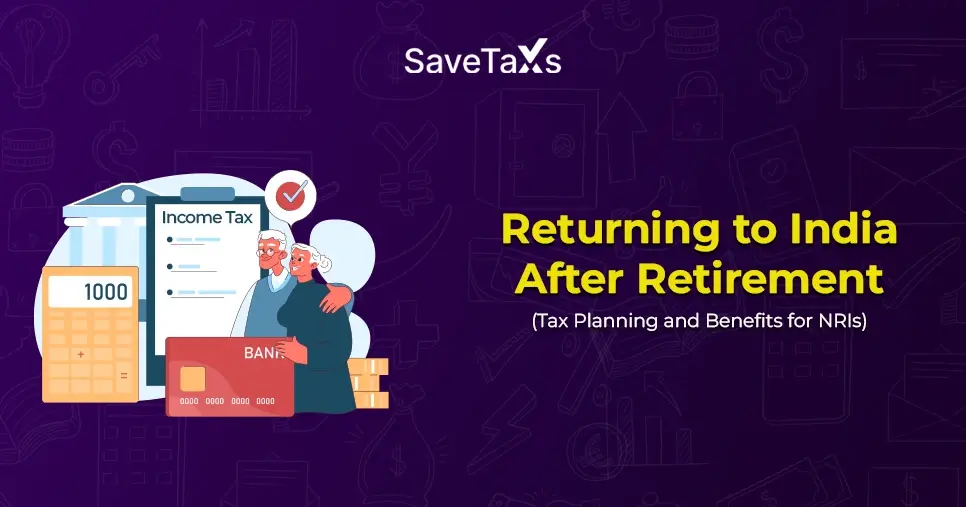

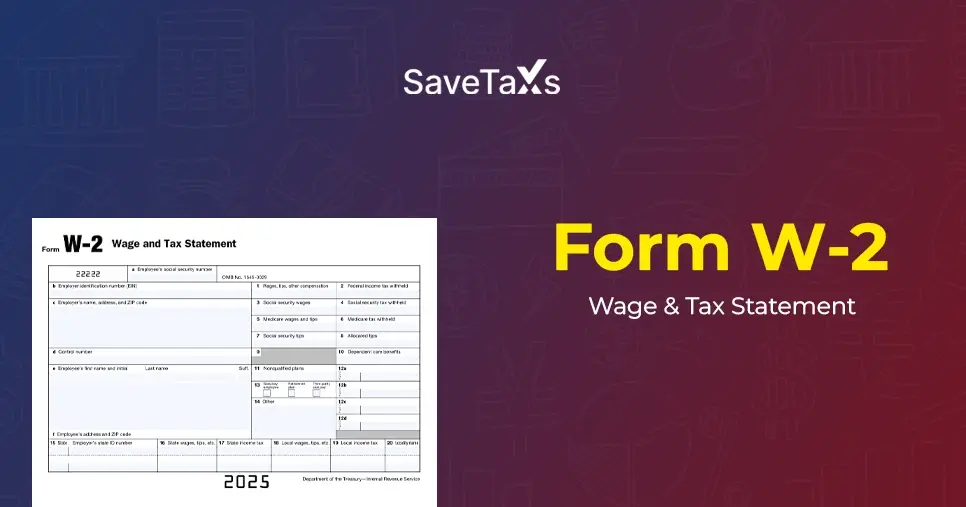
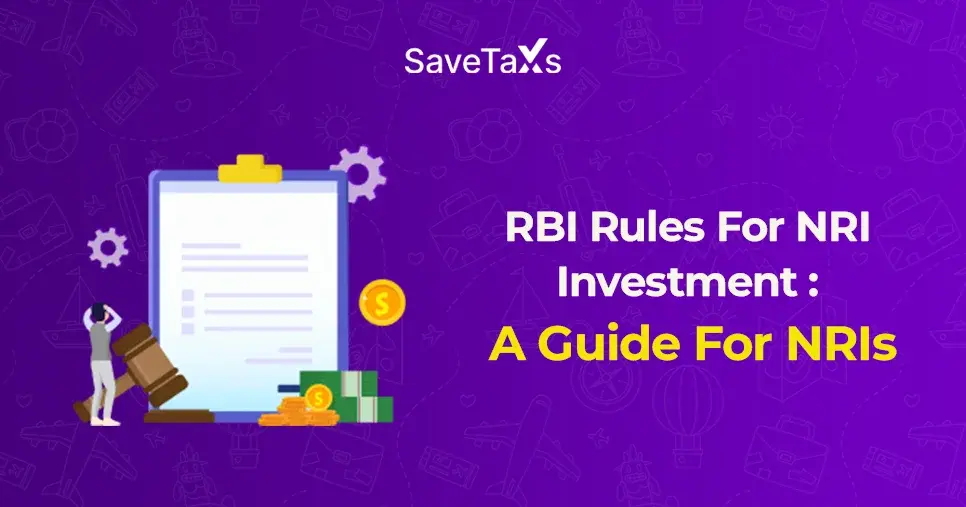
_1766561266.webp)
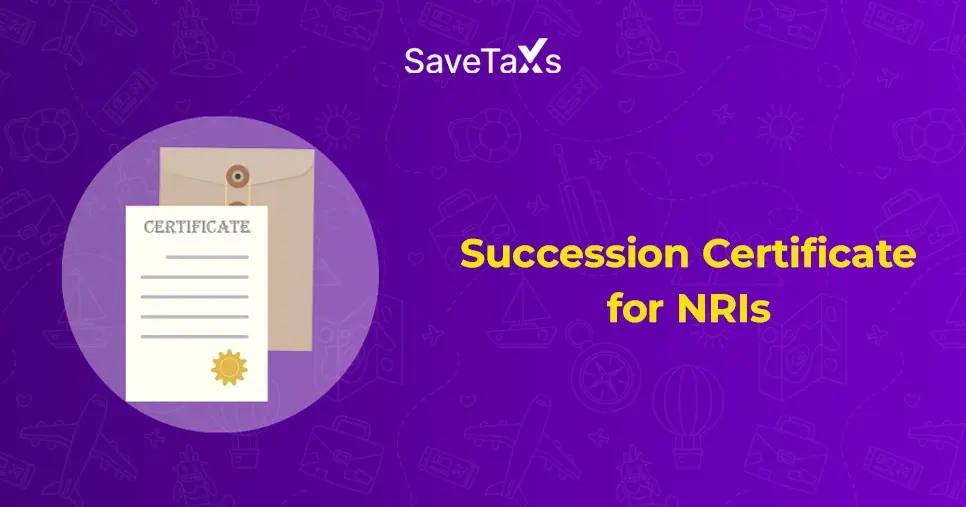
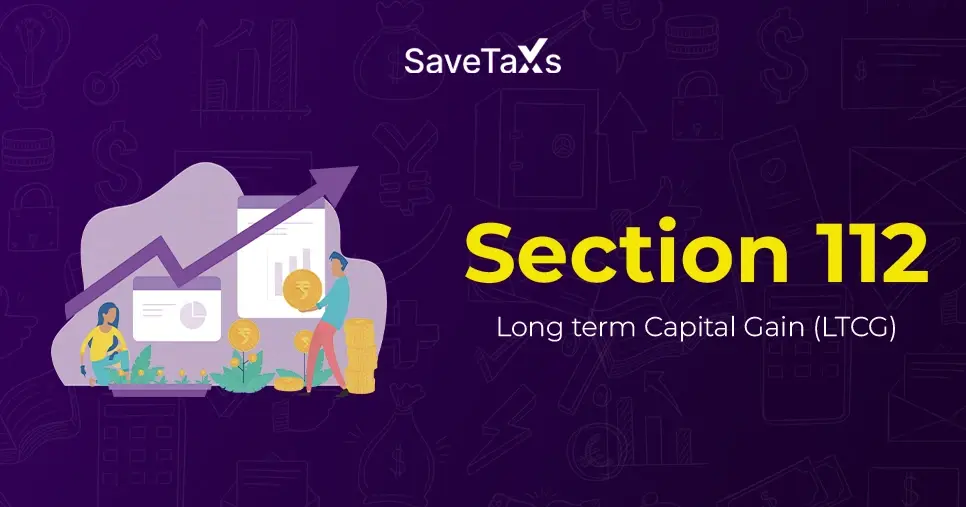
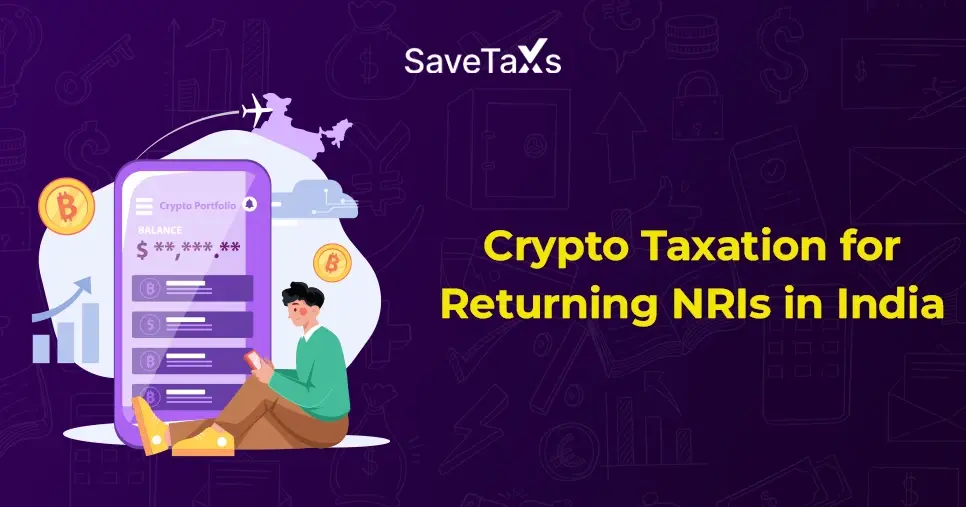
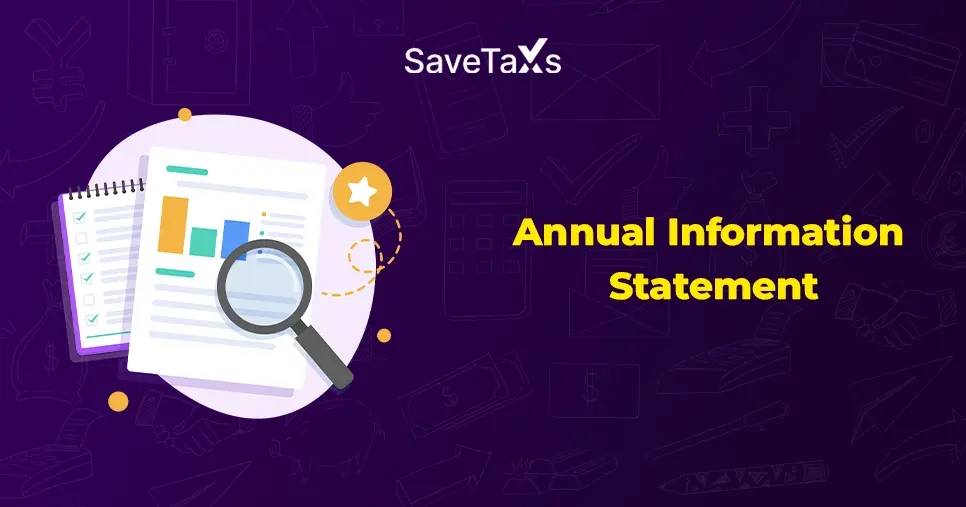
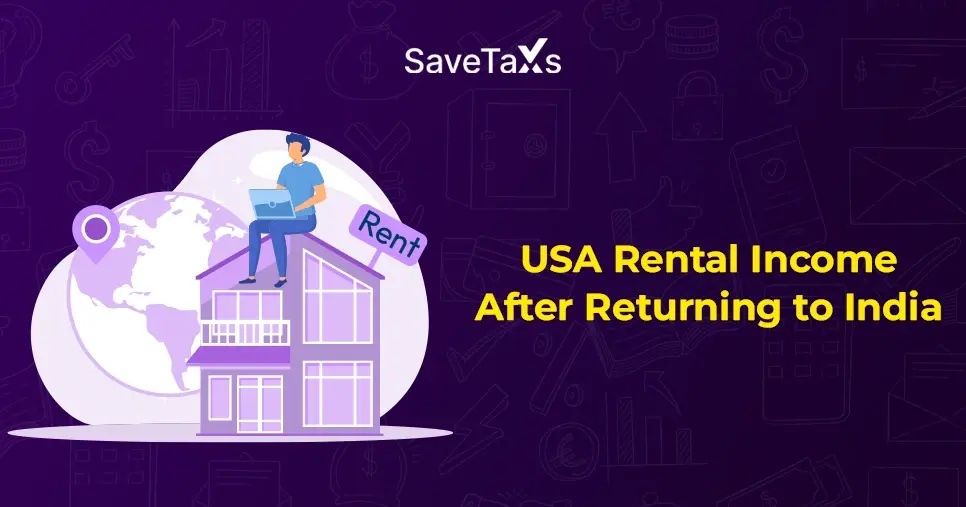
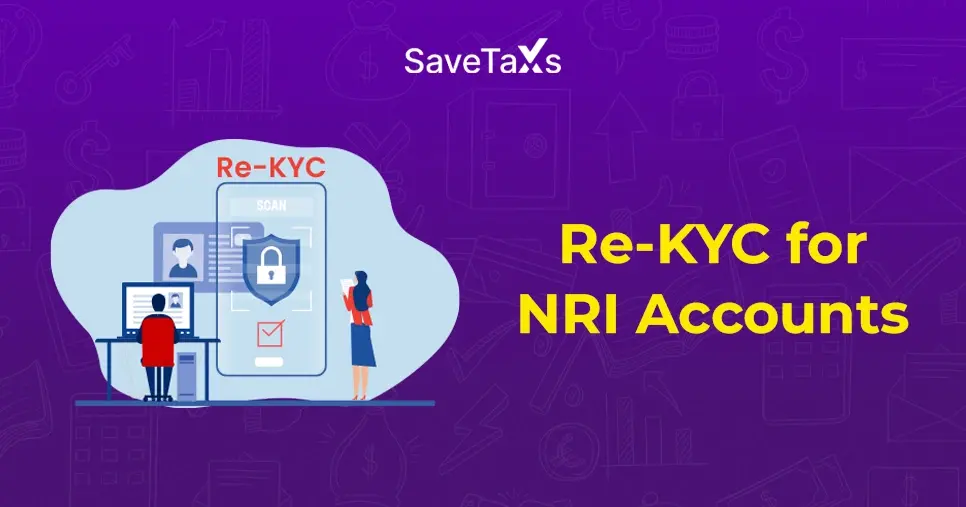
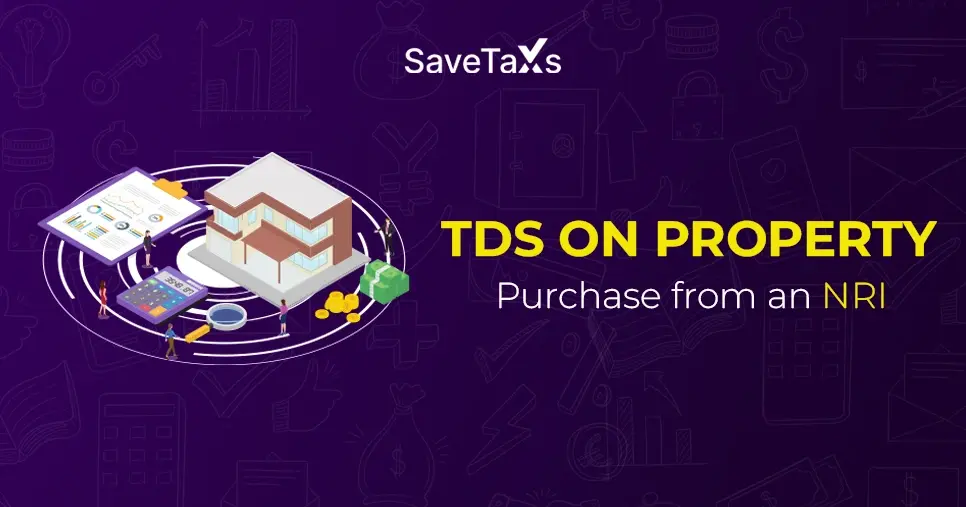
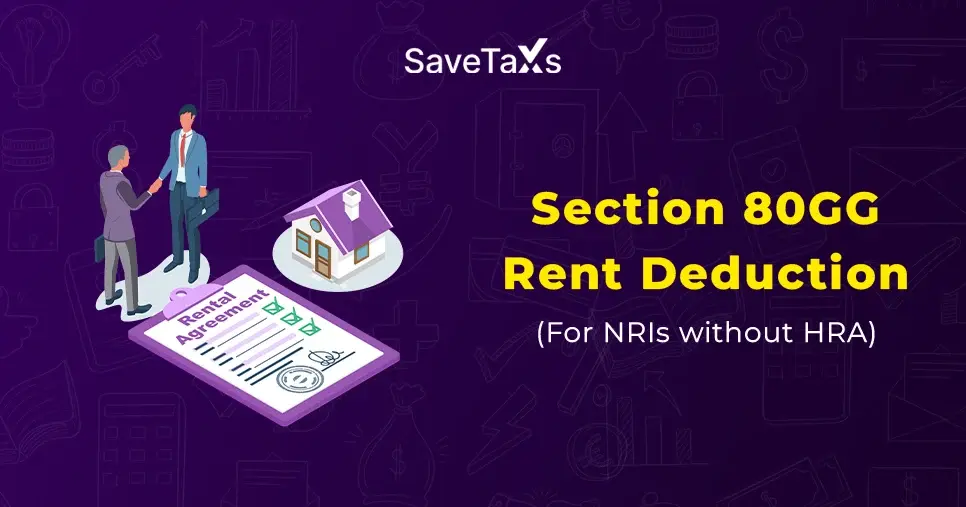
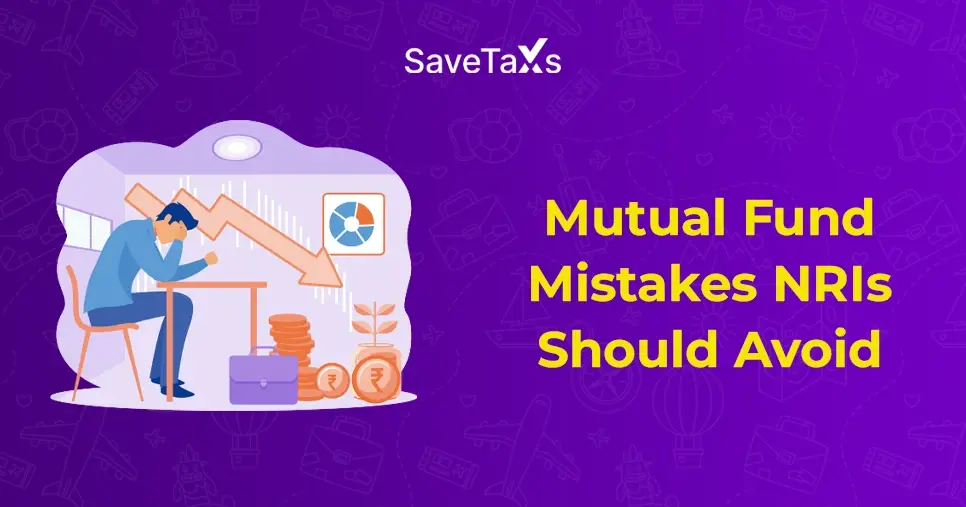
_1753429421.webp)
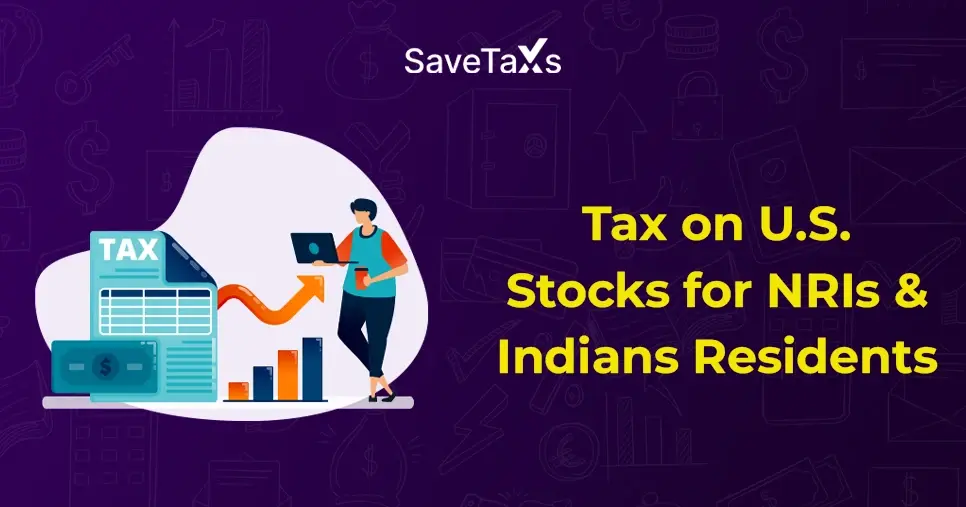
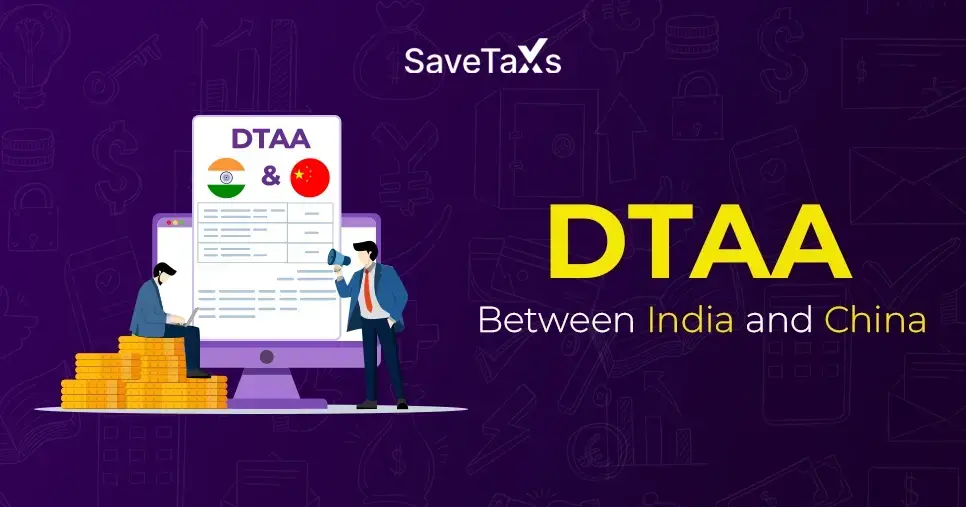
_1763555884.webp)

